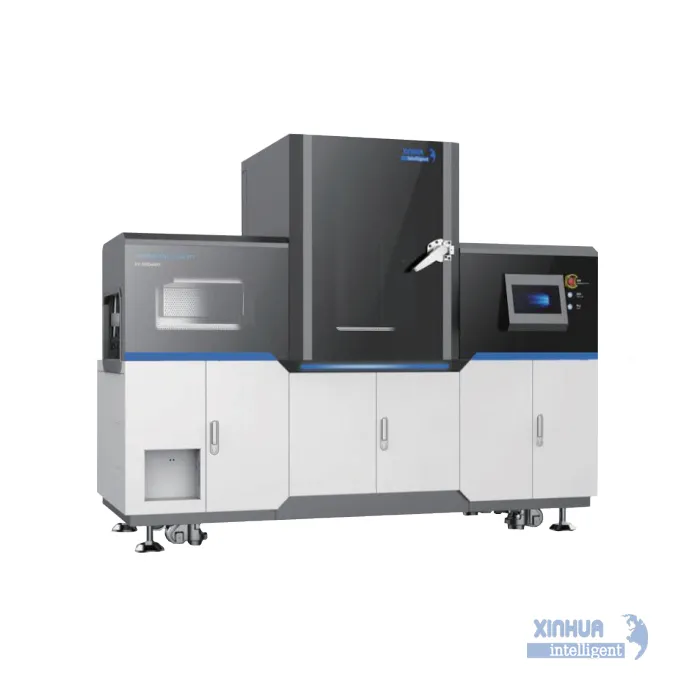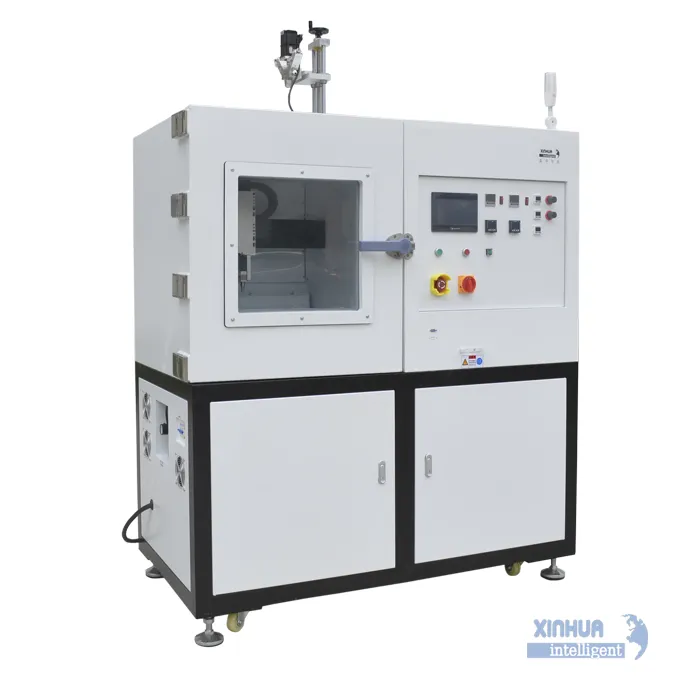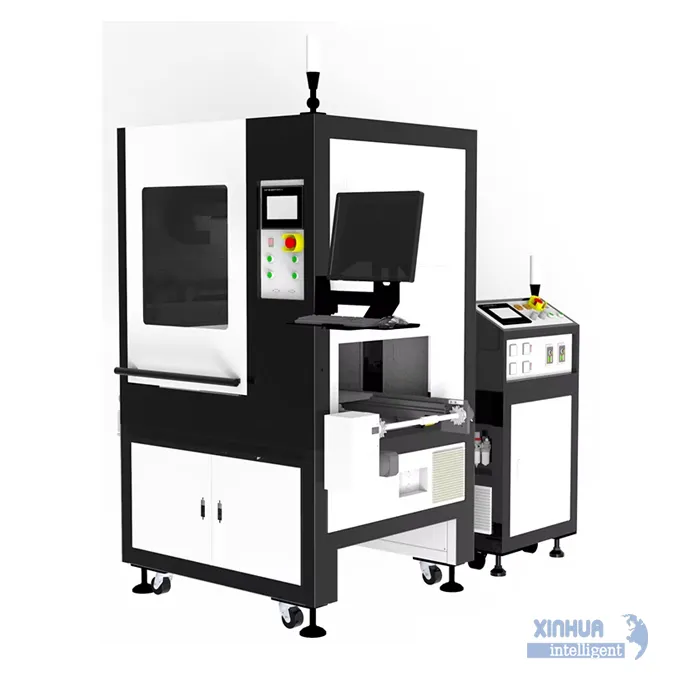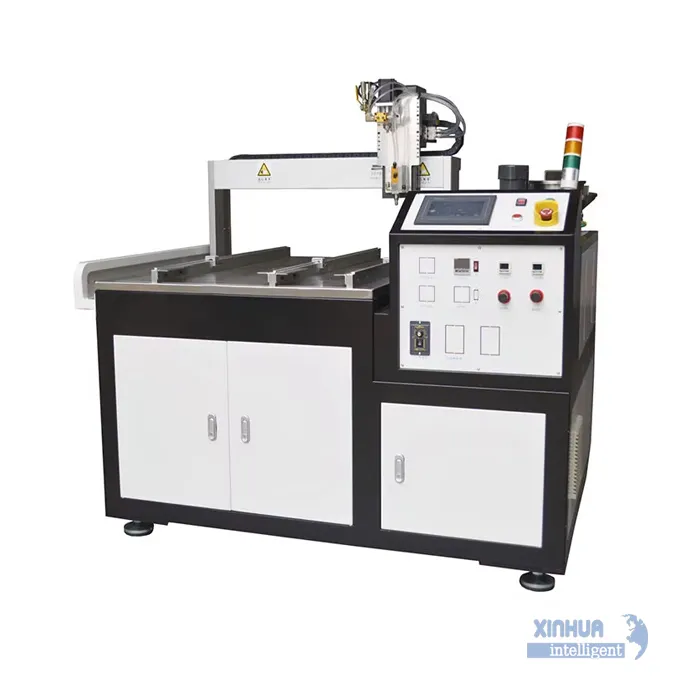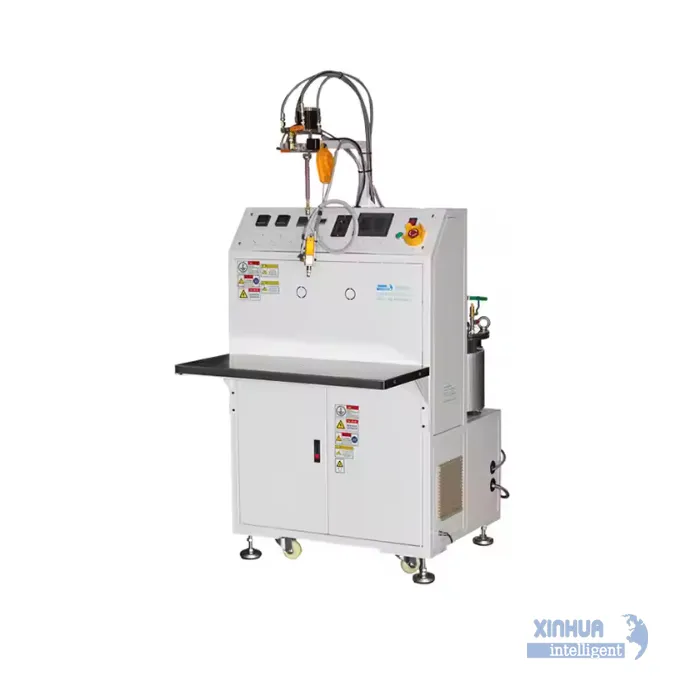? Purpose of Potting:
- Moisture resistance (waterproofing)
- Protection from dust, chemicals, and corrosive agents
- Vibration and impact resistance
- Electrical insulation
- Thermal management (when using thermally conductive compounds)
- Tamper resistance (makes reverse engineering or repair difficult)
? Common Potting Materials:
-
Epoxy Resin
- Strong, durable, chemical-resistant
- Long curing time; hard and rigid
-
Polyurethane (PU)
- More flexible, good for vibration-prone environments
- Moderate chemical and thermal resistance
-
Silicone
- Excellent flexibility and high temperature resistance
- Ideal for delicate components and harsh environments
⚙️ Typical Potting Process Steps:
-
Preparation
- Clean and dry the components or PCB
- Mask or cover any areas that shouldn't be potted (e.g. connectors)
-
Mixing
- Prepare the potting compound (mix resin and hardener if applicable)
-
Dispensing
- Pour or inject the compound into the enclosure or mold
- Ensure full coverage and no air bubbles
-
Curing
- Allow the compound to harden (ambient or heat-cured depending on material)
? Applications:
- LED drivers and lighting fixtures
- Automotive electronics
- Industrial sensors and control units
- Consumer electronics and power supplies

